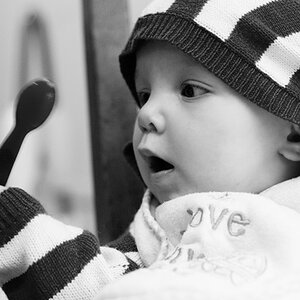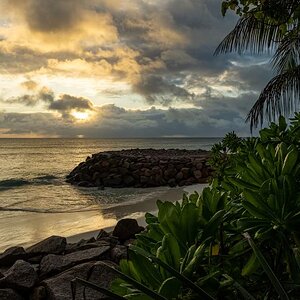nutshellml
TPF Noob!
So my 70D should arrive within the next day or two, and i'm looking to pick up a user guide. I'm somewhat knowledgeable with basic camera function, but this is my first DSLR so I would like to pick up a guide/manual. I know canon has one, but it's online. There were really good reviews on the 1) Canon EOS 70D Digital Field Guide - Charlotte Lowrie and 2) David Busch's Canon EOS 70D Guide to Digital SLR Photography. Anyone have any reviews/suggestions on which one to get? I was at Barnes and noble today and looked at Busch's guide and it seems to be a re-write of the manual. There are not many suggestions for settings in certain situations - now i guess if you read the manual you should know, but it's always nice to have something. I was Nicole Young's book and that was more of a suggestive situational shooting setting...
Anyways just wanted to get you all's opinion.
Anyways just wanted to get you all's opinion.


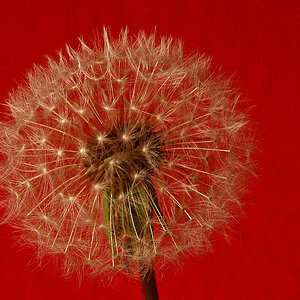
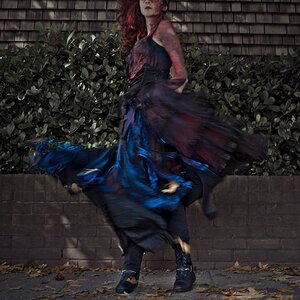
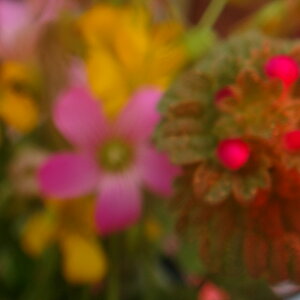

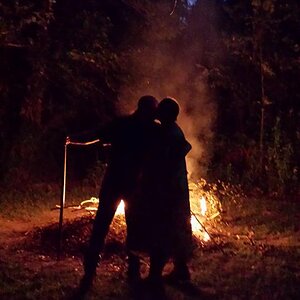
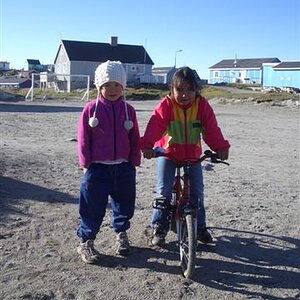
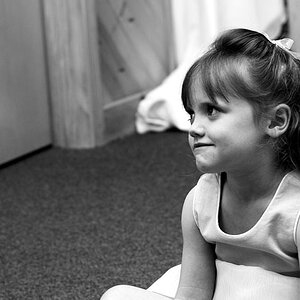
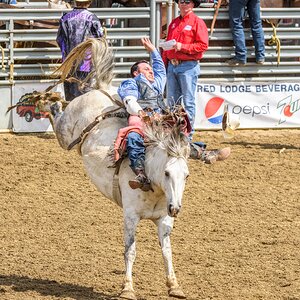
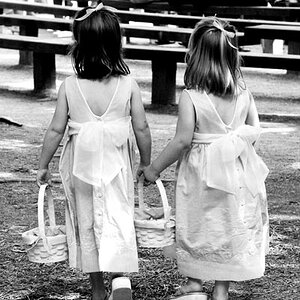
![[No title]](/data/xfmg/thumbnail/35/35597-714b74cc48992e5353856abfe325df68.jpg?1619737065)
